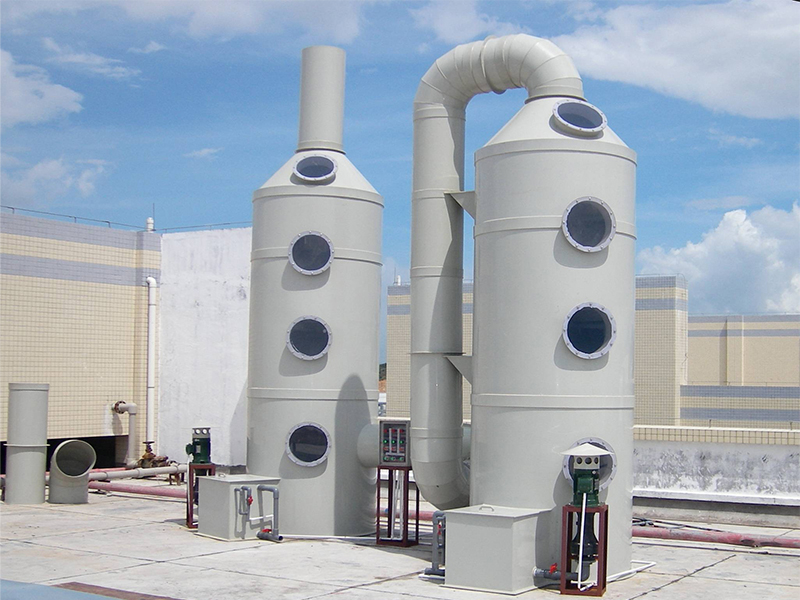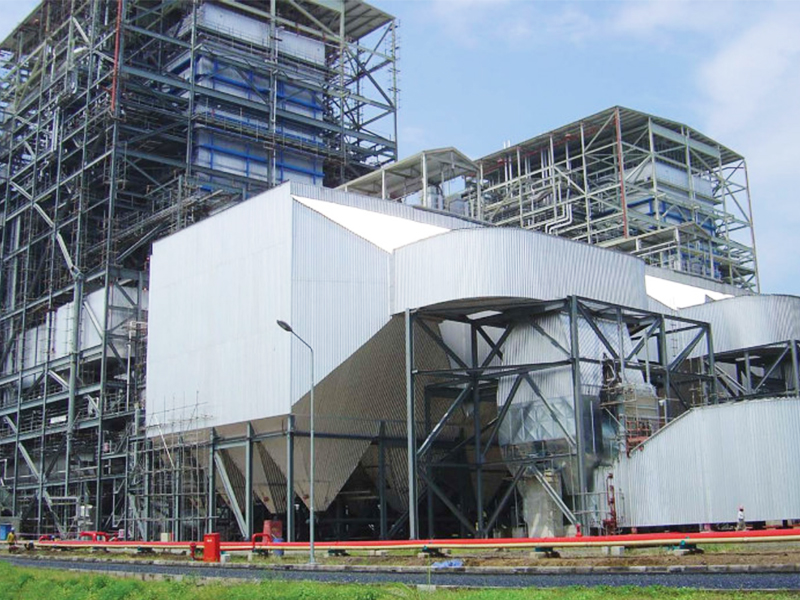0102030405
Desalination containerized reverse osmosis for sea water purification system desalination salt water to drinking water
The introduction of XJY Containerized desalination
As the global population continues to grow and climate change exacerbates water scarcity issues, the demand for fresh, potable water reaches unprecedented levels. Traditional water sources are being depleted, leading to serious concerns about sustainable access to clean drinking water. In this context, container desalination emerges as an innovative solution, offering a portable and efficient means to convert saline seawater into usable freshwater.

picture 1 Containerized desalination
Desalination is the process of removing salt and other impurities from seawater or brackish water to produce fresh water suitable for human consumption, irrigation, and industrial use. This technology has gained traction in arid regions and countries with limited freshwater resources, such as the Middle East, Australia, and parts of the United States. Conventional desalination methods, such as reverse osmosis and thermal distillation, have been widely deployed, often requiring large infrastructure and significant energy resources.
The Emergence of Container Desalination Container desalination is a novel approach that reimagines the traditional mechanism of water desalination by packaging advanced desalination technology within shipping container-sized units. This innovative concept offers a range of advantages over traditional systems, including portability, scalability, and minimal installation requirements.
What is the consumption energy of the XJY Containerized desalination?
Desalination is the least cost-effective solution when it comes to providing freshwater, especially in an industrial setting. Depending on the type of desalination, the cost can grow to extremely high levels by comparison, sometimes even 100 times more expensive in electrical energy alone. In this regard, reverse osmosis (RO) desalination is ideal at only 15 times more expensive than groundwater treatment. To put this in a practical perspective, if the U.S. received all of its freshwater from RO desalination, it would mean an energy increase of 10 percent -- roughly equivalent to an additional refrigerator in each household (as stated by an article released by the AMTA in 2009).

picture 2 Desalination
Also, large-scale RO desalination systems can use energy-recovery systems to reduce the amount of horsepower needed for their pumps, reducing energy requirements by more than half in ideal situations. The increase in energy consumption still bears a hefty price tag, but taken into consideration with energy-recovery systems in place, an industrial RO desalination system is less expensive than pumping clean water over state lines. With very few rainfall-independent sources of water to choose from, desalination may be more expensive, but a consistently reliable water source is provided in return. Without a dependency on rain, industrial desalination makes drought a non-issue.
XJY containerized reverse osmosis desalination system.
Desalination plants (particularly RO facilities) struggle with many of the same problems that exist with traditional water production plants: These facilities are expensive to plan, complicated to build and unable to address dramatic changes in the product environment -- problems that must continually be addressed when a water plant is built in the U.S. However, recent developments in technology have resulted in the containerized desalination system, an RO plant built out of a 20- or 40-foot storage container. This system not only addresses the environmental challenges associated with large-scale desalination but also the logistical problems associated with building a plant.

picture 3 Containerized desalination
Laying the foundation of a plant is complicated and costly. Oceanfront property in California, for example, is extremely expensive. Compared to a traditional desalination plant, a containerized system has a dramatically reduced footprint, requiring only a concrete foundation for the container. Containerized systems are also modular and therefore easy to set up in a series if additional capacity is required.
A containerized desalination system, comprising an energy-recovery system and all the necessary contained pretreatment, can produce a half-million gallons of water per day. While traditional desalination plants in the U.S. produce tens of millions of gallons of water per day, space for these large facilities is at a premium. Storage containers, by contrast, can fit almost anywhere.
To put it into perspective, if there was one containerized desalination plant for every 10 miles of California's 840-mile coastline, they would produce 42 million gallons of water per day -- enough to provide a drought-proof water supply for 47,000 people annually.
What are the characteristics of the XJY Portable desalinator ?
1.Portability: Containerized desalination units can be easily transported to remote or disaster-stricken areas where access to fresh water is limited. This mobile solution is particularly valuable in emergency response situations, humanitarian aid operations, and for supporting remote communities.
2.Modularity: These systems can be deployed individually or in clusters to meet specific water demands. By scaling the number of units based on population size or usage requirements, container desalination provides flexible and adaptable solutions to varyingly sized communities.
3.Reduced Infrastructure: Unlike traditional desalination plants, which require extensive groundwork and infrastructure, container units can be set up quickly and with minimal construction. This advantageous feature significantly reduces the time, costs, and logistical complexities associated with deploying new water supply systems.
4.Energy Efficiency: Many modern container desalination systems leverage renewable energy sources such as solar panels or wind turbines, making them more sustainable and reducing operational costs. Utilizing energy-efficient technologies minimizes the carbon footprint associated with desalination processes.
5. Rapid Deployment: In crisis situations where fresh water is urgently needed—such as during natural disasters or in conflict zones—container desalination units can be deployed rapidly, delivering immediate relief to affected populations.
Key Components and Processes

picture 4 Containerized seawater desalination
Post-Treatment: The desalinated water may require further treatment, such as pH adjustment, mineralization, and disinfection (e.g., through UV light or chlorine injection), to meet local drinking water standards.
Water Storage and Distribution: The final step involves storing the treated water in tanks within the container or external storage facilities and distributing it as needed.
Advantages of Portable desalinator
Portability and Rapid Deployment: The modular, containerized design allows for easy transportation and quick setup, making it ideal for emergency situations or temporary water supply needs.
Scalability: Systems can be scaled up or down depending on water demand, allowing for cost-effective solutions tailored to specific requirements.
Reduced Infrastructure Costs: Compared to traditional desalination plants, containerized systems require minimal site preparation and construction, significantly reducing upfront costs.
Environmental Sustainability: Many modern containerized desalination systems incorporate energy-efficient technologies and use renewable energy sources like solar or wind power, reducing their carbon footprint.
Flexibility: The systems can be adapted to various water sources and environments, making them suitable for a wide range of applications.
The application of the XJY Portable desalinator
1. Containerized seawater desalination equipment is applied on the island.
In view of the small amount of fresh water used on the island, the use of budget funds is small, the electricity is less, and the seawater is convenient, it is not suitable for the construction of large-scale seawater desalination projects, such as containerized seawater desalination equipment, the application effect is significant. Container seawater desalination equipment has the characteristics of easy installation, small size and simple operation, which can alleviate the problem of island space constraints and solve the problem of fresh water shortage.
2. Containerized seawater desalination equipment is applied on the ship.
The equipment can effectively remove suspended solids, heavy metal ions, bacteria and other harmful substances in seawater, so that the effluent quality meets the water quality requirements of relevant freshwater. And it can be installed and used in narrow places such as narrow cabins and decks, with simple structure and easy operation.
Conclusion

picture 5 Containerized seawater desalination
Containerized seawater desalination represents a significant advancement in water technology, offering a practical and sustainable solution to water scarcity in coastal and remote regions. Its modular design, ease of deployment, and scalability make it an attractive option for governments, NGOs, and private enterprises seeking to address water shortages in challenging environments. As technology continues to evolve, containerized desalination systems are poised to play an increasingly

















